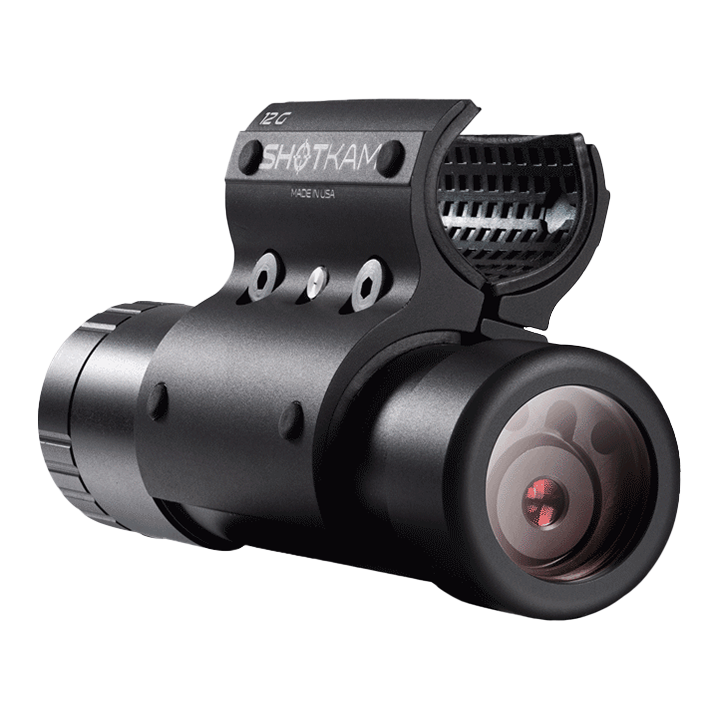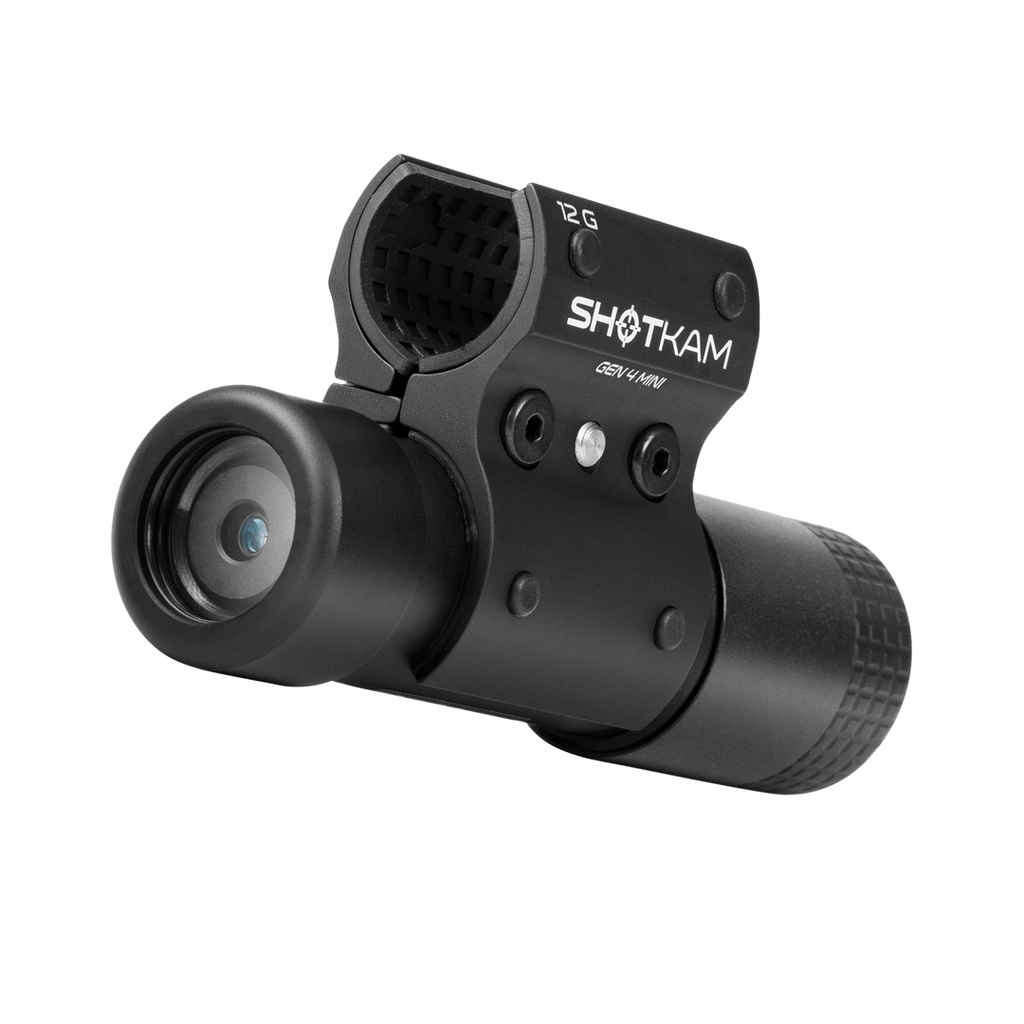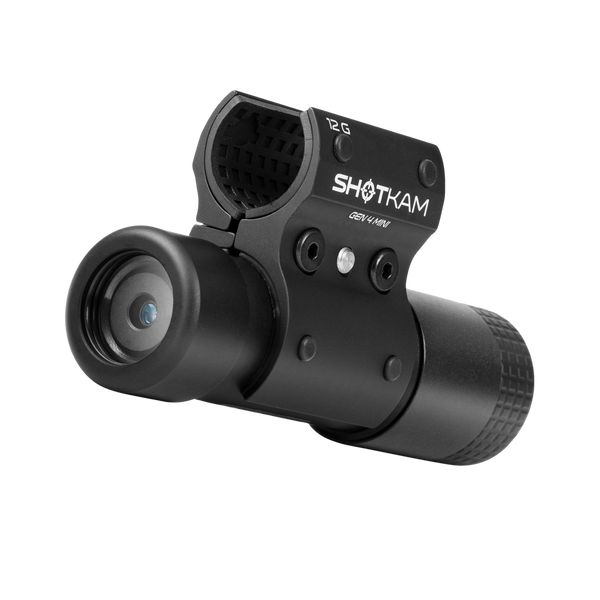Morning Wildfowling: A Duck Hunting Adventure on the UK Foreshore
 Written by Tom Sykes, Director of Sykes Media
Written by Tom Sykes, Director of Sykes Media
The Start of a Hunting Day
Early alarm calls are always easier when getting up to go hunting. The eager anticipation of what the day will bring soon gets the blood pumping, especially with a helping hand of a strong coffee. I follow a systematic routine of getting the gear ready and the car loaded before commuting to the marsh with high spirits.

Embracing the Marsh
The nostalgic senses are triggered when that first deep breath of cool air hits the lungs with the distinctive fragrance of marsh mud - probably only appreciated by true Wildfowlers. With dawn a couple of hours away, I slip my waders on and saddle up with gear, then stride out across the grassy marsh with my trusty Labrador, Goose, leading the way. We reached our destination after a slog through deep vegetation and muddy gutter crossings. My chosen spot is an area I have shot for years and know inside out. The small river where I wished to set up my tried and tested ambush is on a deep gutter calved out by the water, which runs into a larger river. This is a secluded spot where the ducks like to shelter and rest during the day, typically encouraged when the incoming tide pushes them off the main river and into this tributary.

Decoys and Tactics
With the river trickling out, I know there is plenty of time before the tide starts pushing. Goose oversees the proceedings as I begin to organise the decoys and other paraphernalia. The handful of mallard and teal decoys required to increase the odds of success are carried down the mud towards the shallow, slow-flowing water. My chosen decoy system for tide flights is a motherline. The motherline is a spool of sinkable cordage used to connect the decoys to the safety of the banking at one end and a weight at the other to keep the decoys in the desired position. Each decoy is attached by its cord and a long line fishing clip. Each decoy is set at different intervals along the line and placed on the mud in anticipation of the approaching tide.
Camouflage and Concealment
With the decoys organised, I retreat to my bag to concentrate on Goose's concealment. Being a white Labrador, his colour isn’t ideal, as he doesn’t blend much with the surrounding vegetation. I remedy this with a simple net and a few thin canes to make a quick but effective hide. All that is left to do is finalise my gear and break out the flask as I wait for the fast approaching sliver of light to appear on the horizon.

Choosing the Right Gear
The gun of choice for the morning's antics was my trusty Mossberg 500, constricted with half choke. I fed the musket with my go-to duck shells, Gamebore Super Steel 32g 4s. The gun and ammo combination would make light work of any ducks that ventured past in range. The gun setup was finished with the ShotKam Gen 4, which would help me capture the moments from the flight, as well as help me hone my shooting prowess if things don’t go to plan.

As the dark sky receded with the slowly approaching sun, the first flurry of ducks passed high overhead. The distinctive call of wigeon set the hairs on the back of my neck to attention as I repositioned myself to exploit any early chances. The wigeon still had the cover of darkness to their advantage and were only deceived by the whistling wings and call. The small blobs suddenly morphed into duck silhouettes but passed by too fast to produce a shot as the birds continued out towards the main river.
The Flight Unfolds
The adrenaline was up as more ducks whizzed by, their attention now fixed on the decoys which had been picked up off the mud by the incoming tide. The rafts of wigeon streamed over on slightly different flight paths. However, the excitement increased with the addition of teal appearing haphazardly into the decoys. The light level was growing but still allowed plenty of cover for birds to fly low into the decoys, utilising the deep dark gutters to conceal their flight path without revealing their position until ripples confirmed they were in among the pattern. My frustrations were kept at bay as more teal swooped into the decoys. A single bird caught my eye as it flew just above the skyline. I followed it and readied the gun as it dipped into the gutter. I anticipated its flight path and began to mount the gun as the river's reflection betrayed it. A shot echoed, followed by a brief pause and a splash. The shot stirred a mixture of waders and ducks as I topped up the magazine and called Goose to make the retrieve. After a short swim, Goose had scooped the teal off the water and delivered it to me on his way back to his hide.

A Wildfowler's Success
The initial action was over as I repositioned to take advantage of the next wave of birds. The tide had half-filled the large gutter, and the decoys were now fully in position as I waited eagerly for more ducks to move. From my muddy hole, I could see the odd bunch of ducks moving up and down the main river. I called in vain but hoped something would soon venture in range. Suddenly, a pack of five wigeon caught my attention as they passed over the banking on the far side and headed straight towards my position. As it was now passed sunrise, I had to move swiftly but with minimum movement to get into a good shooting position without alerting them to my presence. The birds needed no encouragement from the call as they set their wings and committed to the decoys. They made the last turn as they swooped around to my left, entirely focused on the decoys, allowing me to mount the gun and pick the bird I wanted. The first shot found its mark and folded the lead bird. I cycled a fresh round into the chamber and selected the next duck. The second shot rang out but missed its mark. The evasive flight pattern of the ducks had allowed me to pick up on the wrong line of the target. Keeping my cool, I chambered the final round, screwed my head onto the stock, measured the lead, and folded the bird.
With two wigeon on the water drifting on the tide, I again called on Goose to make the retrieves. He enthusiastically brought both birds to me, with only a head rub and a “Good Boy” command needed to show my appreciation before returning to his hide. With the sun now up and the calmer weather allowing most of the ducks to sit happily on the main river, I decided to call it a day. I pulled in the decoys, loaded all my bits into the bag and headed home for some much-needed breakfast.

Reflections and Homeward Bound
Upon reflection, some people might think that a flight resulting in a few birds isn’t worth the effort of the early alarm call and work put in. However, there is something about wildfowling that makes it enjoyable regardless of the number of birds shot. Sitting with my best friend, Goose, and watching the world come alive is enough incentive to get me out of bed, even when the weather is miserable.
You are reading:











